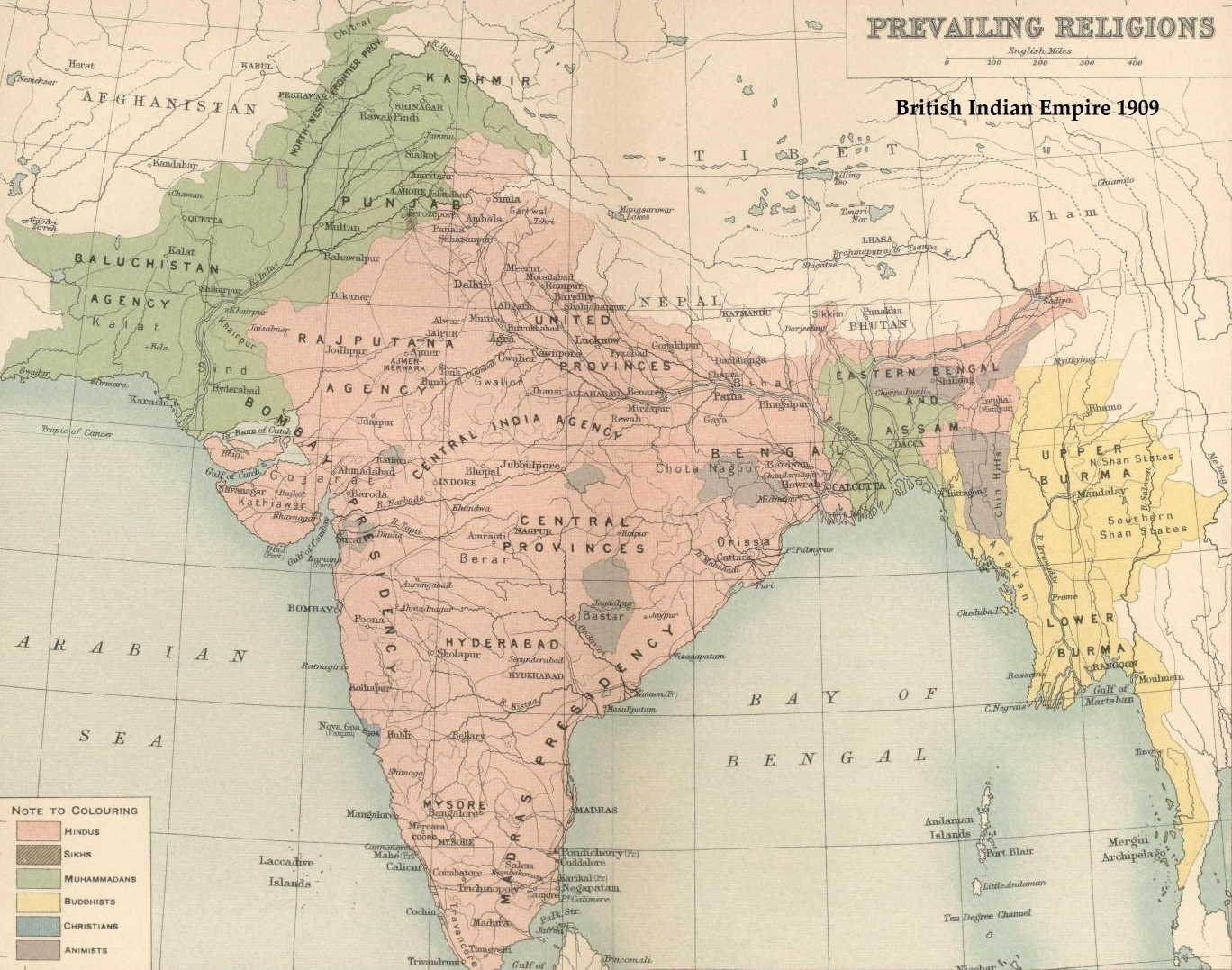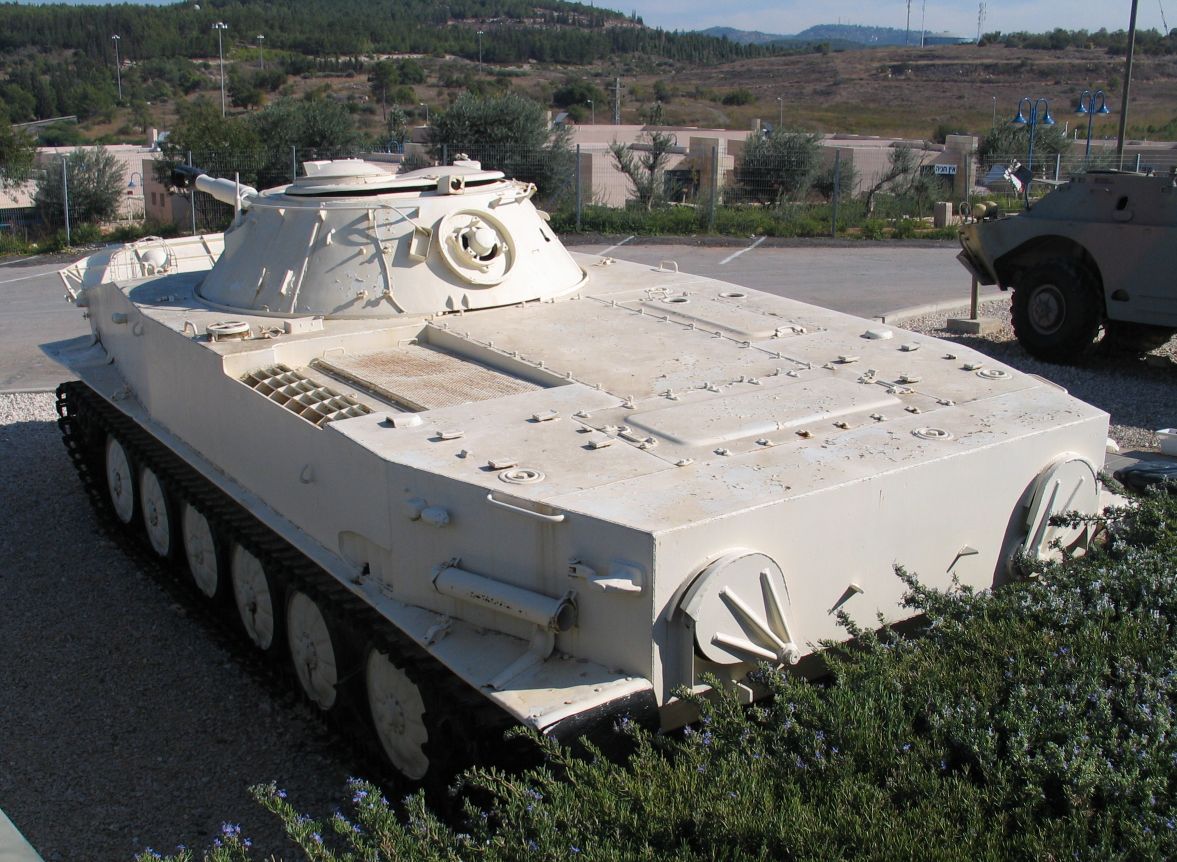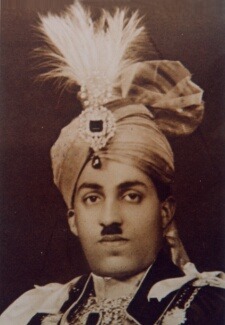|
Battle Of Hilli
The Battle of Hilli were a series of two major battles fought during the Bangladesh Liberation War on 22–24 November and 10–11 December 1971. They are generally regarded as the bloodiest battles of the eastern front of the Indo-Pakistani War of 1971. The first battle saw, according to veterans of the battle, the fiercest fighting of the war, but the second was much tamer. The Indian objective was to capture a network of Pakistani fortifications centred around the village of Hilli to allow for an advance on the town of Bogra. Indian objective The main objective of the Indian Army in the sector was to capture a network of Pakistani forts centred around Hilli, which would allow the XXXIII Corps to advance toward the important town of Bogra, south-east of Hilli. The 202nd Mountain Brigade, part of 20th Mountain Division, was selected for the task, with its constituent battalions attacking different forts in the network. The 8th Battalion of the Brigade of the Guards was to s ... [...More Info...] [...Related Items...] OR: [Wikipedia] [Google] [Baidu] |
Bangladesh Liberation War
The Bangladesh Liberation War (, ), also known as the Bangladesh War of Independence, was an War, armed conflict sparked by the rise of the Bengali nationalism, Bengali nationalist and self-determination movement in East Pakistan, which resulted in the independence of Bangladesh. The war began when the Pakistani Military dictatorship, military junta based in West Pakistan—under the orders of Yahya Khan—launched Operation Searchlight against East Pakistanis on the night of 25 March 1971, initiating the Bangladesh genocide. In response to the violence, members of the Mukti Bahini—a Guerrilla warfare, guerrilla resistance movement formed by Bengali military, paramilitary and civilians—launched a mass guerrilla war against the Pakistan Armed Forces, Pakistani military, liberating numerous towns and cities in the war's initial months. At first, the Pakistan Army regained momentum during the monsoon, but Bengali guerrillas counterattacked by carrying out widespread sabotag ... [...More Info...] [...Related Items...] OR: [Wikipedia] [Google] [Baidu] |
1st East Bengal Regiment
1st East Bengal Regiment or 1st Bengal also known by its nickname The Senior Tigers of Bangladesh Army. History 1st East Bengal Regiment is the oldest battalion of the East Bengal Regiment (the first of the two infantry regiments in the Bangladeshi Army, the other being the Bangladesh Infantry Regiment). The unit was raised in 1948, at Kurmitola in Dhaka in what was then East Pakistan from two Bengal Muslim Pioneer Corps (1256 and 1407) of British Indian Army Pioneer Corps from Bihar Regiments, the war raised auxiliary force created to support the war effort in engineering and infantry role. These two companies were mainly composed of Bengali Muslims who had fought in the Burma sector during the Second World War and as such had been retained by the British Government with the mainstream of the British-Indian Army. These two companies immediately after the partition of India in August 1947 moved from Jalna the Indian Pioneer Corps Centre initially to Pelkhana then to Kurmitola ... [...More Info...] [...Related Items...] OR: [Wikipedia] [Google] [Baidu] |
Bir Uttom
Bir Uttom () is the second highest award for individual gallantry in Bangladesh after the Bir Sreshtho and the highest gallantry award for living individual. Since the independence of Bangladesh in 1971, 69 people have been awarded the Bir Uttom. Recipients This award was declared on 15 December 1973. A total of 67 people have been rewarded for their bravery and dedication in the liberation war of Bangladesh in 1971. Lieutenant G. M. Mushfiqur Rahman Bir Uttam (1966–1989) was posted in 1 Field Artillery Regiment of Bangladesh Army in the Chittagong Hill Tracts. On 8 September 1989, he led a 17-member team of Bangladesh Army soldiers and attacked a terrorist Shanti Bahini camp. Lieutenant Rahman was injured during the clash and he died on 8 September 1989 at 8.15 am. He was posthumously awarded the Bir Uttom award.Major General (Retired) Syed Muhammad Ibrahim " Chittagong Hill Tract Peace Process and Situation Analysis (Bengali Book) In April 2010, Brigadier General Jamil Udd ... [...More Info...] [...Related Items...] OR: [Wikipedia] [Google] [Baidu] |
Quazi Nuruzzaman
Kazi Nuruzzaman Bir Uttom (24 March 1925 – 6 May 2011) was a Bangladeshi war hero and secular nationalist, who served as one of the principal commanders of the Mukti Bahini during the Bangladesh Liberation War. He also rejected Bir Uttam award as a tribute to all the unknown, unrecognized martyrs of the war. Early life Kazi Nuruzzaman was born into a prominent Bengali Muslim family to Kazi Sadrul Ala and Ratabunesa Begum on 24 March 1925. His father Kazi Sadrul Ala was given the title '' Khan Saheb'' by the erstwhile ruling British Raj for his services to society. He was educated at the prestigious St Xavier's School and College at Kolkata. He passed his Matriculation examination in 1939 and I.Sc in 1941 from there, he finished off his education from St Xavier's School and College with a Bachelor in Chemistry Science with Honors. Career He joined the British Indian Navy on 6 June 1943 but due to Jawaharlal Nehru's persuasion, he transferred to the army in 1946 and completed ... [...More Info...] [...Related Items...] OR: [Wikipedia] [Google] [Baidu] |
PT-76
The PT-76 is a Soviet Union, Soviet amphibious vehicle, amphibious light tank that was introduced in the early 1950s and soon became the standard reconnaissance tank of the Soviet Army and the other Warsaw Pact armed forces. It was widely exported to other friendly states, like India, Indonesia, Iraq, Syria, North Korea and North Vietnam. The tank's full name is Floating Tank–76 (, ''plavayushchiy tank'', or , ''PT-76''). ''76'' stands for the caliber of the main armament: the 76.2 mm D-56T series rifled tank gun. The PT-76 is used in the reconnaissance and fire-support roles. Its chassis served as the basis for a number of other vehicle designs, many of them amphibious, including the BTR-50 armored personnel carrier, the ZSU-23-4 self-propelled anti aircraft gun, the ASU-85 airborne self-propelled gun and the 2K12 Kub anti-aircraft missile launch vehicle. Development After World War II, the concept of light tanks was resurrected in the USSR. They were to be used in recon ... [...More Info...] [...Related Items...] OR: [Wikipedia] [Google] [Baidu] |
Naib Subedar
Nawab is a royal title indicating a ruler, often of a South Asian state, in many ways comparable to the Western title of Prince. The relationship of a Nawab to the Emperor of India has been compared to that of the Kings of Saxony to the German Emperor. In earlier times the title was ratified and bestowed by the reigning Mughal emperor to semi-autonomous Muslim rulers of subdivisions or princely states in the Indian subcontinent loyal to the Mughal Empire, for example the Nawabs of Bengal. "Nawab" usually refers to males and literally means ''Viceroy''; the female equivalent is "Begum" or "''Nawab Begum''". The primary duty of a Nawab was to uphold the sovereignty of the Mughal emperor along with the administration of a certain province. The title of "nawabi" was also awarded as a personal distinction by the paramount power, similar to a British peerage, to persons and families who ruled a princely state for various services to the Government of India. In some cases, the t ... [...More Info...] [...Related Items...] OR: [Wikipedia] [Google] [Baidu] |
Subedar
Subedar ( ) is a military rank in the militaries of South Asia roughly equivalent to that of a warrant officer. Historically classed in the British Indian Army as a Viceroy's commissioned officer, the rank was retained in the Indian Army and Pakistan Army after independence. The rank of subedar is classed as a junior commissioned officer rank in India and Pakistan. History ''Subedar'' or ''subadar'' was the second-highest rank of Indian officers in the military forces of British India, ranking below "British Commissioned Officers" and above "Local Non-Commissioned Officers". Indian officers were promoted to this rank on the basis of both lengths of service and individual merit. Under British rule, a Risaldar was the cavalry equivalent of a Subedar. Subedar and Risaldar were both ranked senior to a Jemadar and junior to a Subedar Major or a Risaldar Major in an infantry/cavalry regiment of the Indian Army. Both Subedars and Risaldars wore two stars as rank insignia. The ... [...More Info...] [...Related Items...] OR: [Wikipedia] [Google] [Baidu] |
Captain
Captain is a title, an appellative for the commanding officer of a military unit; the supreme leader or highest rank officer of a navy ship, merchant ship, aeroplane, spacecraft, or other vessel; or the commander of a port, fire or police department, election precinct, etc. In militaries, the captain is typically at the level of an officer commanding a company or battalion of infantry, a ship, or a battery of artillery, or another distinct unit. It can also be a rank of command in an air force. The term also may be used as an informal or honorary title for persons in similar commanding roles. Etymology The word "captain" derives from the Middle English "capitane", itself coming from the Latin Latin ( or ) is a classical language belonging to the Italic languages, Italic branch of the Indo-European languages. Latin was originally spoken by the Latins (Italic tribe), Latins in Latium (now known as Lazio), the lower Tiber area aroun ... "caput", meaning "head". It is consi ... [...More Info...] [...Related Items...] OR: [Wikipedia] [Google] [Baidu] |
Major (rank)
Major is a senior military Officer (armed forces), officer military rank, rank used in many countries. When used unhyphenated and in conjunction with no other indicators, major is one rank above Captain (land), captain in armies and air forces, and one rank below lieutenant colonel. It is considered the most junior of the senior officer ranks. Background Etymologically, the word stems from the Latin word meaning "greater". The rank can be traced back to the rank of sergeant major general, which was shortened to sergeant major, and subsequently shortened to ''major''. When used in hyphenated or combined fashion, the term can also imply seniority at other levels of rank, including major general, denoting a low-level general officer, and sergeant major, denoting the most senior non-commissioned officer (NCO) of a military unit. The term major can also be used with a hyphen to denote the leader of a military band such as in Pipe-Major, pipe-major or drum-major. Links to major ... [...More Info...] [...Related Items...] OR: [Wikipedia] [Google] [Baidu] |
Frontier Force Regiment
The Frontier Force Regiment is one of the six infantry regiments of the Pakistan Army. They are popularly known as the ''Piffers'' in reference to their military history as the PIF (Punjab Irregular Force) of the British Indian Army, or as the ''FF'' (Frontier Force). The regiment takes its name from the historic North-West Frontier Province, North-West Frontier, a former province of Presidencies and provinces of British India, British India and later Pakistan (present-day Khyber Pakhtunkhwa). Most of the regiment's ancestral military formations were units composed of infantry of either Punjabis, Punjabi or Pashtuns, Pathan origin. However, the oldest unit of the regiment is the 59th Scinde Rifles (Frontier Force), Scinde Camel Corps, raised in 1843 under Company rule in India. Another ancestral unit was the infantry component of the British Indian Army Corps of Guides (India), Corps of Guides (Guides Cavalry, partial cavalry unit). Despite being a Pakistani regiment, the Front ... [...More Info...] [...Related Items...] OR: [Wikipedia] [Google] [Baidu] |
Baloch Regiment
The Baloch Regiment is an infantry regiment of the Pakistan Army. The modern regiment was formed in May 1956 by the merger of 8th Punjab Regiment, 8th Punjab and Bahawalpur Regiments with the 10th Baluch Regiment, Baluch Regiment. Since then, further raisings have brought the strength of the Regiment to #Current units, 27 battalions. The Baloch Regiment is descended from the infantry of the old British Indian Army and is named after Balochistan (formerly Baluchistan). Before 1991, it was called the Baluch Regiment but the spelling was changed to 'Baloch' to better reflect the correct pronunciation.Ahmad, Lt Col RN. (2010). ''Battle Honours of the Baloch Regiment''. Abbottabad: The Baloch Regimental Centre. The Baloch Regiment is second in seniority after the Punjab Regiment (Pakistan), Punjab Regiment. Its senior-most battalion was raised more than two hundred years ago, in 1798. The regiment has a distinguished record of military service both before and after the independence of ... [...More Info...] [...Related Items...] OR: [Wikipedia] [Google] [Baidu] |




